Pennsylvania State DEP
Dana Drake, P.E.
dadrake@pa.gov
Phone: 412-442-4149 l Fax: 412-442-4242
U.S. Army Corps of Engineers
Mike Engelhardt
Michael.D.Engelhardt@usace.army.mil
Phone: 412-395-7141
Dear Ms. Drake and Mr. Engelhardt,
This open letter concerns the Pittsburgh Water and Sewer Authority (PWSA) permit application for the Four Mile Run Stormwater Project:
Pennsylvania State DEP ID: E0205220-031
U.S. Army Corps of Engineers Permit ID: CELRP-RG LRP-2018-774
As you know, Pittsburgh’s Department of Mobility and Infrastructure (DOMI) is attempting to get their developer-driven Mon-Oakland Mobility Project (also known as the Mon-Oakland Connector, or MOC) approved by the Pennsylvania Department of Environmental Protection (DEP) and the U.S. Army Corps of Engineers (USACE) by attaching it to the PWSA stormwater project.
These two projects do not belong together.
Junction Coalition joins numerous individuals, community organizations, and public representatives in calling for the PA DEP and USACE to send this permit application back to PWSA with direction to remove the DOMI project from the application before the permit is approved.
The PWSA stormwater project enjoys nearly universal public support because it was sold as a solution to The Run’s chronic flooding problem. Run residents have been asking for help to fix the flooding for more than a decade. They were told the city lacked funds as the problem worsened from combined effects of climate change and unregulated overdevelopment of surrounding higher-elevation areas.
A 2009 flood, which PWSA labels a 75-year event, caused catastrophic damage: Cars floated down the streets in 6+ feet of water and sewage, while residents watched 70+ inches of the mix breach the first floor of their homes.
A 25-year flood event in 2016 gained citywide attention when dramatic footage showed firefighters rescuing a resident and his son from the roof of their car. Later that year, Mayor Bill Peduto tasked PWSA with finding funds and developing a plan to fix the flooding.
A city-mandated 2017 survey of Run residents recorded unanimous demand for flood relief and a large majority of residents adamantly opposing the MOC.
The MOC is a road through a public park that debuted to Run residents in a 2015 Pittsburgh Post-Gazette article reporting the project as a done deal. It is a huge investment of taxpayer dollars in a private development plan that studies show does not meet Pittsburgh’s stated goals. Even DOMI director Karina Ricks admits that the MOC is not a transportation solution.
Instead of responding to residents’ legitimate concerns about the MOC, public employees twisted those concerns to seem like a baseless fear of progress. They tried to pit neighboring communities against each other. They filed fraudulent grant applications and applied for new grants without telling the public. They used public meetings for time-share marketing tactics rather than honest discussion, pretending to consider alternative routes for the shuttles before again settling on Schenley Park. They responded to Right-to-Know requests with claims of attorney-client privilege and a 7,185-page unsearchable PDF. They obscured and constantly changed details such as the route. And recently, several Run residents who live near one of the rejected alternative routes received letters from DOMI implying they may lose their homes and businesses through eminent domain.
These are not the actions of people with good intentions. If the MOC benefited those who live in the communities it affects, Mayor Peduto’s administration would not need to resort to duplicity and steamrolling. Furthermore, if Hazelwood Green’s powerful owners had no desire to annex Schenley Park and adjoining neighborhoods, they would drop their single-minded focus on getting shovels in the ground as soon as possible and instead support alternative plans such as Our Money, Our Solutions that offer more effective transportation for more people without causing the harms of MOC.
Evidence shows that PWSA’s stormwater plan fails to prioritize the severe flooding issue and was designed to accommodate the MOC project. In their current 10-year flood event design, PWSA is following behind-closed-doors directions from Mayor Bill Peduto’s office. From their budget of $40 million, PWSA listed their flood mitigation efforts at $14 million. Asked where the remaining $26 million would be spent, PWSA responded via email, “The remaining funding can go towards future projects in the upper portions of the watershed” and “provide opportunities to collaborate with the universities.” All PWSA Board members are nominated by Mayor Peduto, a longtime MOC proponent. PWSA’s plan includes several wish-list items of the Pittsburgh Parks Conservancy, a private entity on whose Board of Directors Mayor Peduto sits.
Expert consultants who have analyzed the current PWSA stormwater plan tell residents:
- The proposed Mon-Oakland Connector project would most likely harm flood control—with an approximately 1/2-mile long (39,600 sq ft) impervious surface that eliminates 7 acres of old-growth tree canopy from Schenley Park. That amount of paving would generate about 295,000 gallons of runoff. Every acre of impervious surface generates 27,000 gallons of runoff for each inch of rain and Pittsburgh has seen a range from around 36-60 inches of rain over the last 10 years. PWSA has not proven that including the MOC will not harm flood control and has refused repeated requests for all engineering plans/documents of the PWSA stormwater project for independent analysis.
- PWSA concentrates the stormwater work in the Schenley Park/Oakland end of the watershed, which would address only 1/3 of flooding in The Run. The rest comes from the opposite end of the watershed—the Squirrel Hill/Greenfield/376 Parkway end. Although it only accounts for 1/3 of the cause of flooding, the water/sewage mix from 5,200 structures above Panther Hollow Lake in Schenley Park feed into a 50-inch pipe that completely bypasses the Panther Hollow/Junction Hollow area of the watershed and feeds directly into The Run. PWSA’s plan does not address this specific connection and its effects on the neighborhood.
- PWSA’s plan would level approximately 7 acres of tree canopy to make room for the MOC project (beginning with 900 trees in the northern end), which will never be replaced in the space the roadway would commandeer. Furthermore, replacement saplings will not equal the water absorption of 7 acres of mature trees.
- PWSA’s 10-year event plan “makes no sense”—unless it involves changing the floodplain and eliminating properties. RTK-obtained notes from a Mayor’s office meeting show PWSA Chief of Program Management Alex Sciulli stating, “More cost-effective options may be to change the floodplain and purchase the affected properties.” The “cost-effective” plan makes sense only within a larger plan to raze the neighborhood, forcing out residents and demolishing structures instead of the promised flood mitigation.
Flooding in The Run is a serious health and safety issue that cannot be ignored to serve developers’ financial interests. Therefore:
- The dual permit application from PWSA and DOMI to the PA DEP and USACE must be denied, and PWSA must be directed to fully separate the two projects.
- The PWSA plan must prioritize the flooding issue instead of merely providing cover for an unwanted, unnecessary road that will permanently degrade Schenley Park and eventually erase two historic Pittsburgh neighborhoods.
- PWSA must present a plan acceptable to residents whose lives and properties are at risk. Such a plan would include:
- Documentation of studies done to assess the impact of MOC on the PWSA stormwater plan.
- An Environmental Impact Study on the overall stormwater plan.
- A Community Benefits Agreement guaranteeing compensation to residents who suffer damage from future flooding, as many residents currently cannot acquire flood insurance.
We are disappointed in your timing of the public comment period on this joint permit application to coincide with the holiday season. We hope you will give this important matter the time and impartial consideration it deserves.
Sincerely,
Junction Coalition
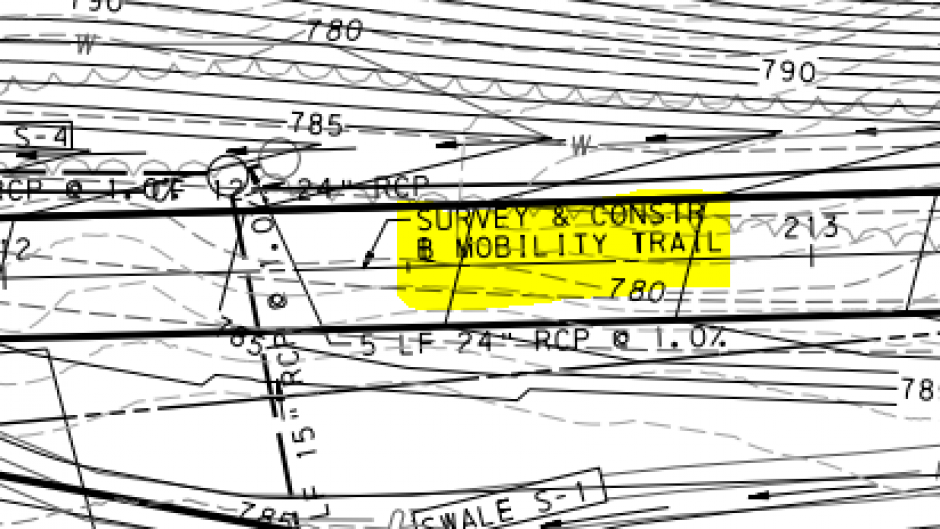
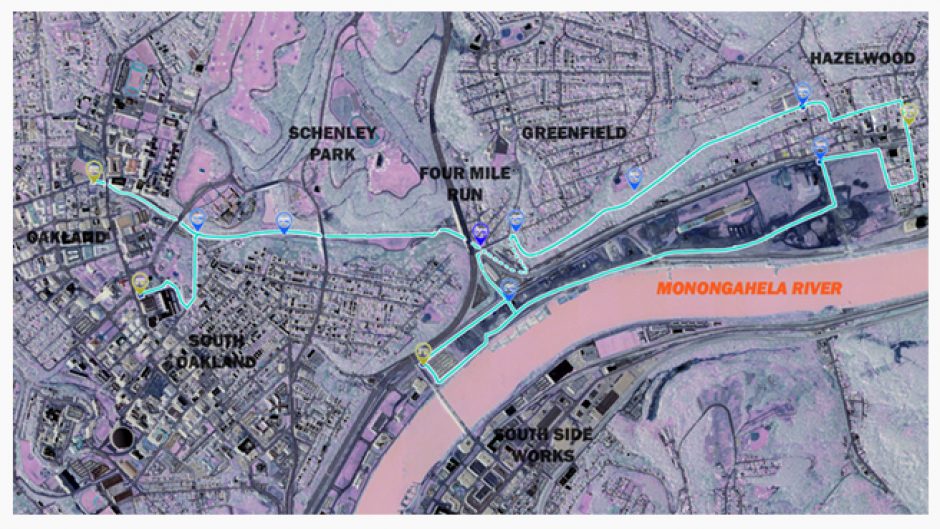
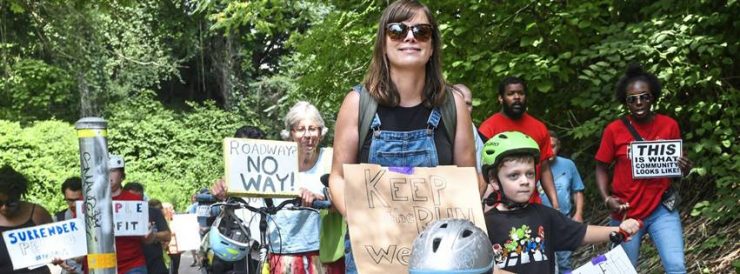
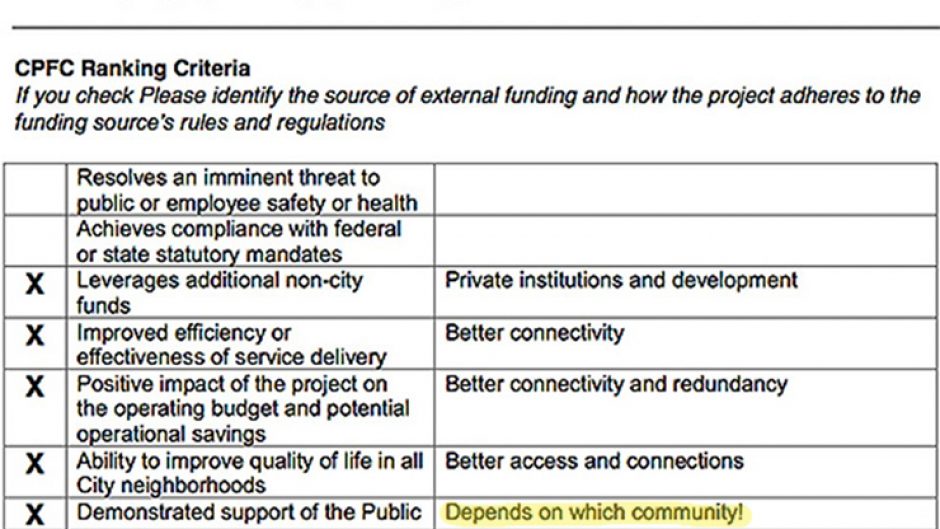
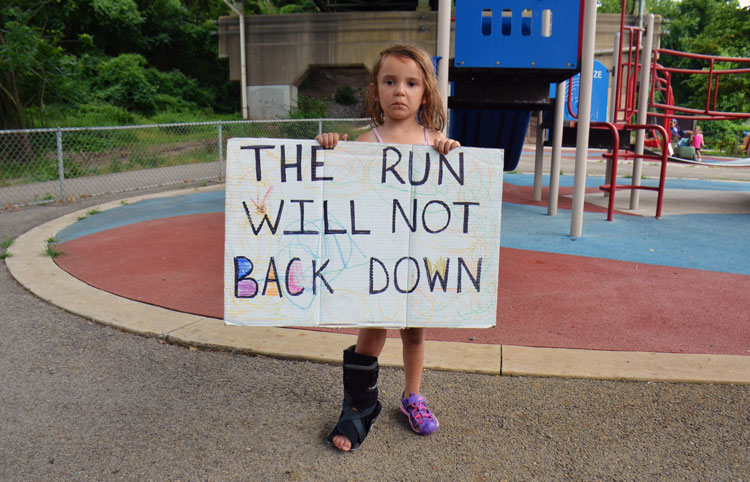
Recent Comments